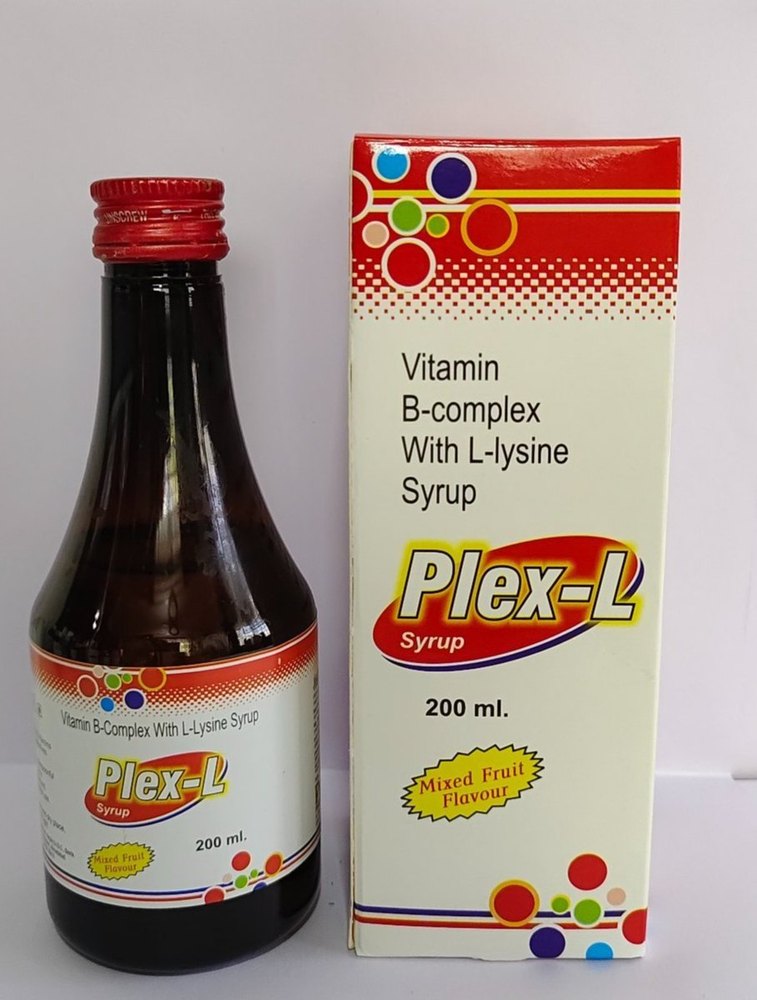Intracef 250
Cephradine is a first-generation cephalosporin antibiotic. It works by inhibiting the final transpeptidation step of peptidoglycan synthesis, which is a crucial process in the formation of the bacterial cell wall. Cephradine achieves this by binding to one or more of the penicillin-binding proteins (PBPs) found in bacteria. This action arrests cell wall synthesis, ultimately leading to bacterial cell death.
₨11.99
Ask about productDescription
Intracef 250 Capsule
Generic Name: Cephradine
Manufacturer: Beximco Pharmaceuticals Ltd. (Available in Nepal)
Uses
Intracef 250 Capsule is a first-generation cephalosporin antibiotic used to treat various susceptible bacterial infections, including:
- Respiratory Tract Infections: Pneumonia, pharyngitis, tonsillitis, other susceptible respiratory tract infections.
- Ear Infections: Otitis media.
- Skin and Skin-Structure Infections.
- Urinary Tract Infections: Including acute prostatitis and other genitourinary tract infections.
- Other Infections: Rheumatic fever (for prevention), and susceptible infections in general.
- Prophylaxis: Surgical prophylaxis.
Dosing Information
Intracef 250 Capsule can be taken with or without food. Taking it with meals may help reduce gastrointestinal discomfort.
Adult Dosing
- Oral (PO) for Susceptible Infections: 1-2 g per day, divided into 2-4 doses. The maximum daily dose is 4 g.
- Skin and Skin Structures and Respiratory Tract Infections: Usual dose is 250 mg every 6 hours or 500 mg every 12 hours.
- Lobar Pneumonia: 500 mg every 6 hours or 1 g every 12 hours.
- Urinary Tract Infection: Usual dose is 500 mg every 12 hours.
- Gastro-intestinal Tract Infection: 500 mg three to four times daily.
- Surgical Prophylaxis (PO): 1-2 g before surgery. Subsequent doses may be given as needed.
- Intravenous (IV) / Intramuscular (IM) for Severe Infections: 2-4 g per day, divided into 4 doses. The maximum daily dose is 8 g.
Child Dosing
- Oral: The usual total dose is 25 to 50 mg/kg/day, given in 2 to 4 equally divided doses.
- Injection (IV, IM): 50 to 100 mg/kg/day in 4 equally divided doses. The usual total dose may be increased up to 200-300 mg/kg/day for severe infections.
- Perioperative Prophylaxis: Recommended dose is 1-2 g by intramuscular or intravenous route; subsequent parenteral or oral doses are given as appropriate.
Dosing for Kidney Problems
For patients undergoing chronic intermittent hemodialysis:
- 250 mg may be given at the start of the session, repeated after 6-12 hours, then again 36-48 hours after the initial dose, and again at the start of the next hemodialysis if more than 30 hours have elapsed since the previous dose.
Creatinine Clearance (CrCl) guidelines:
- >20 ml/min: 500 mg every 6 hours.
- 5-20 ml/min: 250 mg every 6 hours.
- <5 ml/min: 250 mg every 12 hours.
Administration
- Oral: May be taken with or without food; taking with meals may reduce GI discomfort.
- Parenteral (IV/IM): Administer by deep intramuscular injection or by slow intravenous injection over 3-5 minutes, or by intravenous infusion.
Reconstitution for Injection:
- IM: Add 2 mL or 4 mL of sterile water for injection or 0.9% NaCl injection to 500 mg or 1 g vial, respectively.
- IV: Add 5 mL of sterile water for injection, 5% dextrose injection, 0.9% NaCl injection, or other suitable solution to a 500 mg vial. Shake the entire solution well.
Important Considerations
Do Not Use If:
- You have a hypersensitivity (allergy) to Cephradine or other cephalosporin antibiotics.
- You have porphyria.
Use With Caution If You Have:
- Renal impairment (kidney problems).
- A history of penicillin sensitivity/allergy.
- Are pregnant or breastfeeding.
Pregnancy & Breastfeeding:
- Pregnancy: Use with caution.
- Lactation: The drug enters breast milk in low concentrations; use with caution.
Drug Interactions
- Loop Diuretics: Increased risk of nephrotoxicity (kidney damage) when used concurrently.
- Probenecid: Decreases the renal clearance of Cephradine, potentially increasing its serum levels.
Potentially Fatal:
- Pseudomembranous colitis can occur as an adverse effect.
Possible Side Effects
- Common: Diarrhea, nausea, vomiting.
- Blood-related: Leukopenia (low white blood cell count), neutropenia (low neutrophil count), eosinophilia (increased eosinophils).
- Skin: Rash, pruritus (itching).
- Musculoskeletal: Joint pain.
- Kidney-related: Increased BUN (blood urea nitrogen) and creatinine levels.
- Other: Dizziness.
Potentially Fatal Side Effect:
- Pseudomembranous colitis.
How Intracef 250 Works (Mechanism of Action)
Cephradine is a first-generation cephalosporin antibiotic. It works by inhibiting the final transpeptidation step of peptidoglycan synthesis, which is a crucial process in the formation of the bacterial cell wall. Cephradine achieves this by binding to one or more of the penicillin-binding proteins (PBPs) found in bacteria. This action arrests cell wall synthesis, ultimately leading to bacterial cell death.
Disclaimer: This information about Intracef 250 Capsule is for general knowledge and is not intended for diagnosis, medical advice, or treatment. It should not be considered a substitute for the exercise of professional judgment.
Additional information
| form | Capsule |
|---|






Reviews
There are no reviews yet.